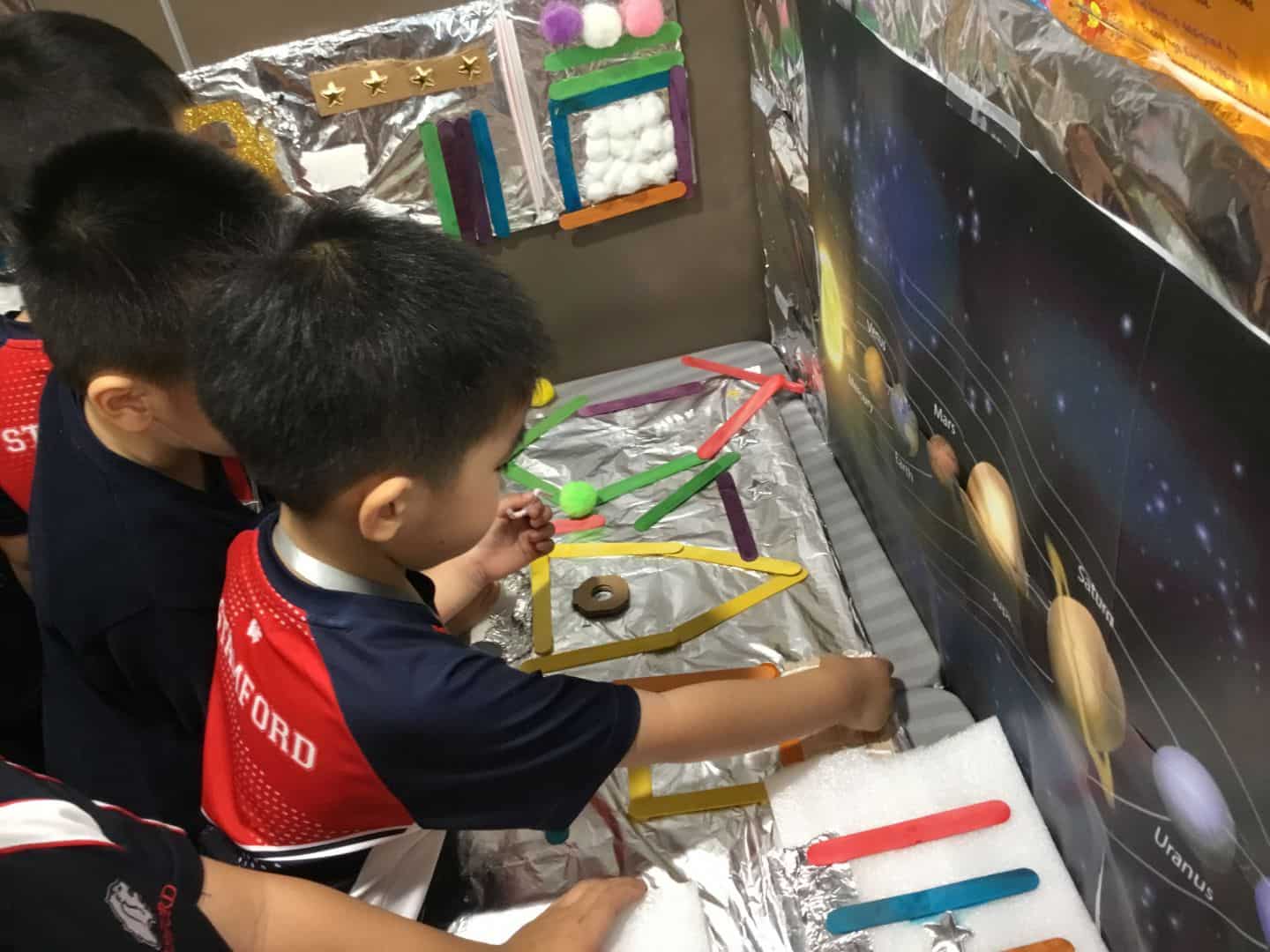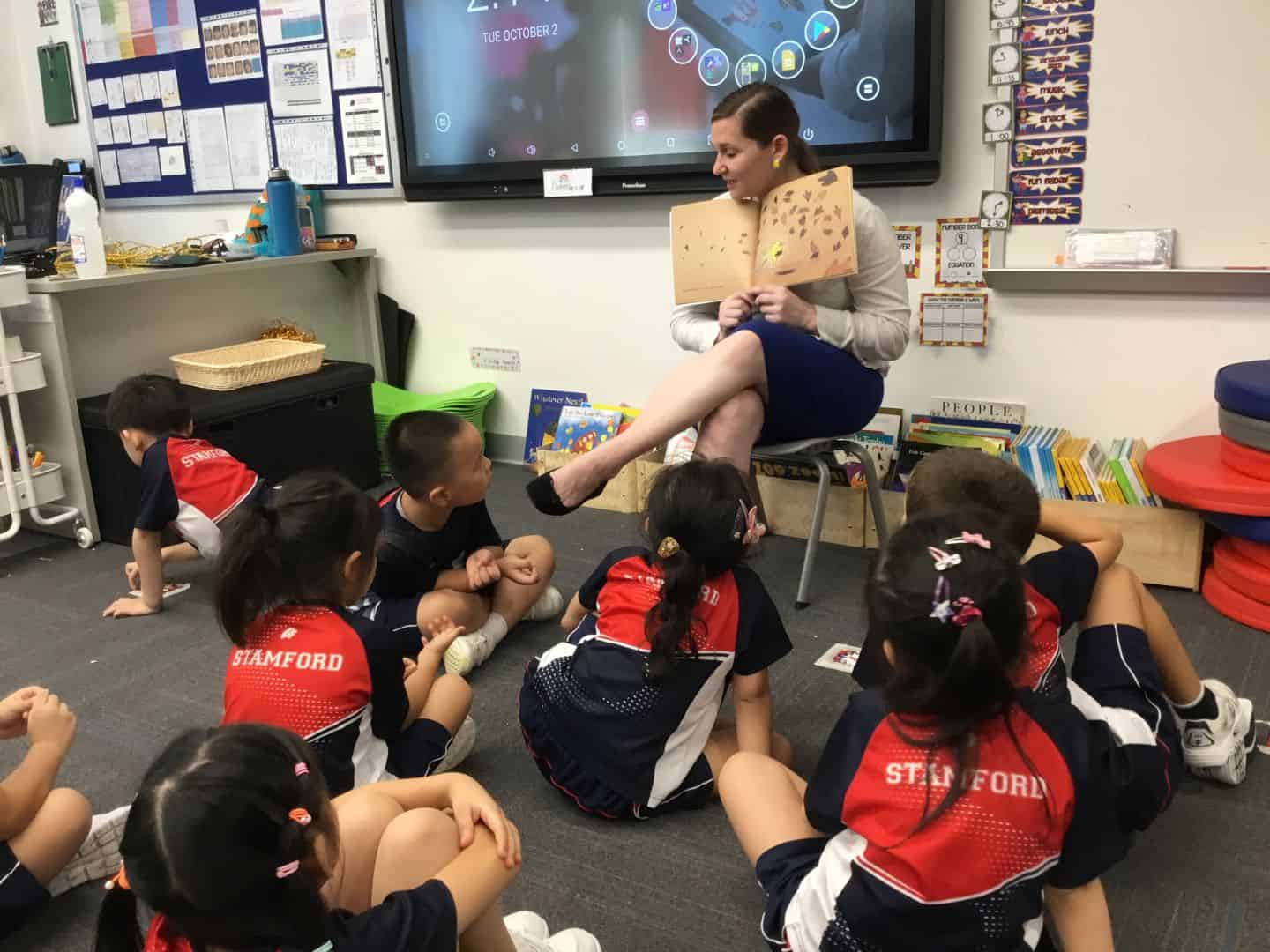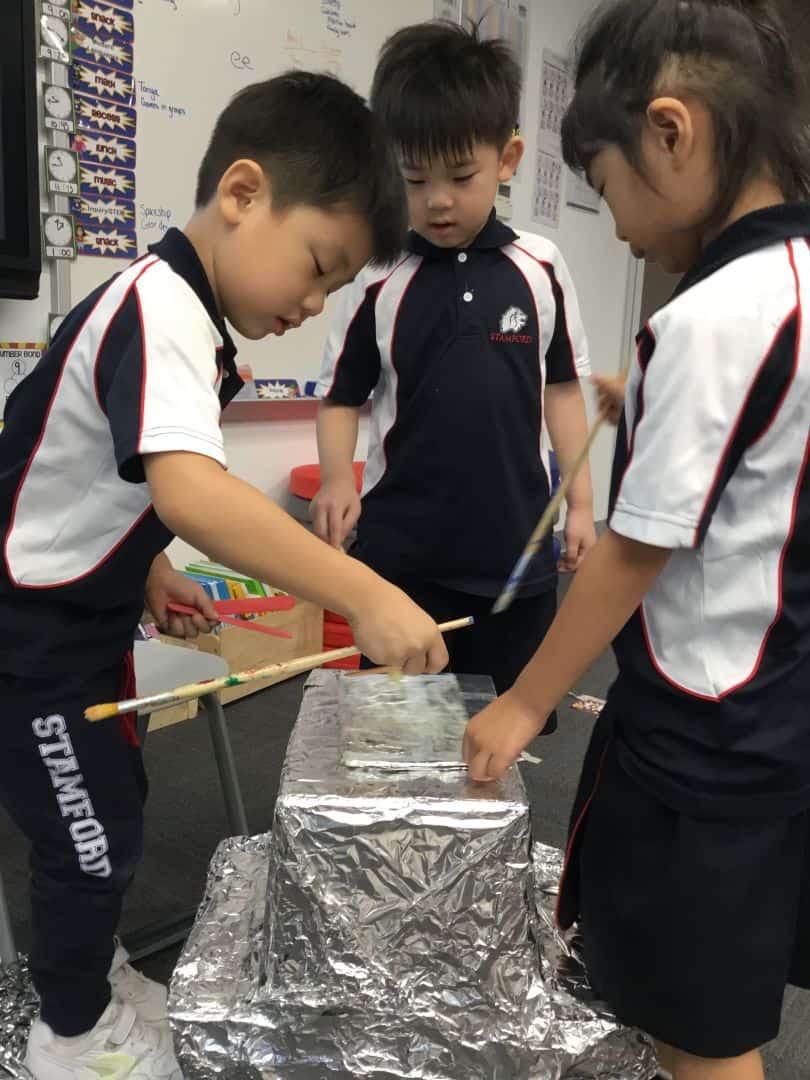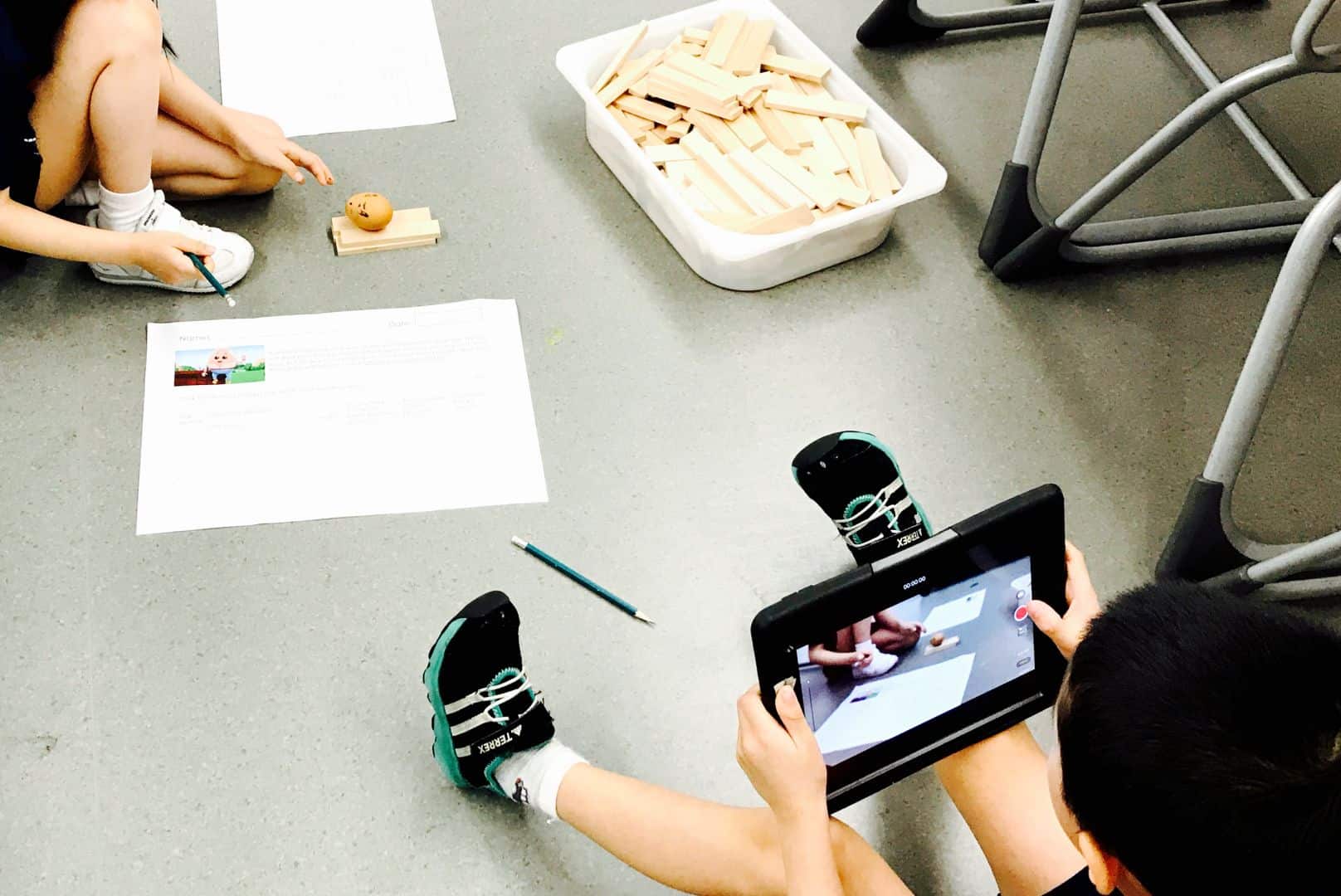By Talia Ritz Stamford American School Hong Kong
STEM to STEAM: A Snapshot
Since the Sputnik era in the 1950’s, STEM has been a pertinent topic in educational discussions, and today, STEM continues to be a subject of importance, particularly as children move toward a more technologically based education. In the 1990’s and early 2000’s, many exclusively STEM focused educational organizations began to recognize that university graduates in STEM-related fields often struggled to think creatively, solve problems or communicate with confidence (Cavanagh, 2011; Yuen, 2005; Xueqin, 2011). This evidence supported the argument that arts are a crucial component when discussing both holistic education and the 21st century learner.
Enter: STEAM. For younger children, usually between the ages of three and eight years old, most learning requires hands-on and creative activities, as well as intrinsic motivation. By including fine arts, the opportunity for students to express their understanding of content in their own way is significantly increased. STEAM lends itself well to physical movement, outdoor exploration, student leadership, inquiry, and whole-child development but most importantly, it uses the arts to help students develop mathematical, scientific and design thinking.

Integrating STEAM with Stories: FAQ’s
Most schools ask teachers to include STEM, STEAM, or a similar concept into their planning however, many teachers that I have talked to have not received PD or training on how to do this. Initially I found it overwhelming and asked myself a lot of questions:
- How do I incorporate science, technology, engineering and design, math, and arts into a single project?
- How often should the lessons focus on science, or math?
- Does STEAM only fit into units of inquiry?
- How is this program actually done?
Once I discovered how wonderfully and seamlessly STEAM could be incorporated into a multitude of different places in a child’s school day, I began to truly love it.
Why Stories?
Why use stories to spur on learning? For one thing, research has proven fairly conclusively that reading picture books to children regularly is one of, if not the biggest, predictor of literacy success in children – due to its multisensory approach and the positive emotions it can emit. On top of that, children understand stories, and make connections from them easily. I could try and explain the journey of a seed being carried in the wind, or I could read the book, The Tiny Seed by Eric Carle, and we could discover together.
Stories have the added benefits of emotional discovery, story development, and cheerful, inspiring illustrations. Then, with a platform of common knowledge, a full inquiry of seeds, planted on different surfaces, might take place. Children frequently re-read books that have been focused on during these STEAM set-up lessons, reviewing them to solidify knowledge.

Apart from being an easy and fun way to develop literacy and develop topic interest and common understanding, the majority of children’s stories can be turned into STEAM activities with a little bit of creativity. Studying buoyancy in science? Find a child’s version of the titanic. Exploring counting? Chicka, Chicka 1-2-3 by Bill Martin Jr. and Michael Sampson is fantastic. Who doesn’t love designing and building gingerbread houses at Christmas time, or after reading Hansel and Gretel?
The Big Sell: A New World of Learning
My personal favorite feature of using stories in STEAM are the multi-disciplinary projects that can come out of them. Using curriculum outcomes, ICT, and strategies such as, Play Worlds (Fleer, 2011), stories can open up a world of learning and incorporate most, sometimes all, STEAM subjects simultaneously. The children will often not even know that they are learning these skills and concepts unless the outcomes are explained to them.
Because children love to re-enact familiar stories and create with them intuitively, teachers, with a little creativity and understanding, can use this natural instinct to seamlessly meld STEAM with their every-day curricula. These projects are multi-faceted and can span over one lesson or several days or weeks.
This past October, I led my students into their first Play World – using the story of Beegu by Alexis Deacon. The children designed a role-play space ship. Using guided role-pay, they were able to expand their ideas, coming up with a magical type of fruit that could help people breathe on planet Mars. They developed their own space ships to solve the problem of getting Beegu back to their parents.

This role-play and design project included science, engineering, and math, and yet, the children did not recognize it as such – they felt they were “Playing space with Beegu.” The project took a week, as our school was highlighting Space Week, and the learning that came from it was skillful and meaningful. Months later, my students are still connecting learning back to outer space.
In the Spring of last year, my students were studying measurement in math, rhymes in language arts, and force in science. Using the classic nursery rhyme, Humpty Dumpty, the children had to use a slightly modified scientific method to make predictions (and to do some writing). Then, they used the building materials of their choice to create a wall for Humpty Dumpty (aka: a boiled egg that they drew a face on).

They had to start with the shortest possible walls to experiment with and the built the wall in single step increments while rolling the boiled eggs off, testing to see if Humpty would break. They had to decide what was an appropriate height for Humpty to be sitting on. In pairs, they filmed each test session. Everything was then combined into iMovie. This project took the students between 3 and 5 40-minute blocks to complete.
With one small nursery rhyme, I was able to cover:
- Reading/Literacy
Rhyming words and prosody by learning the rhyme
- Writing
Creating cover pages and writing the scientific method
- Math
Measurement and documentation
- Engineering
Designing the wall, science – method and force of the fall
- Technology
Filming and making a movie.
I am a big believer in using fun and engaging activities to teach with and I have found that by using stories as a foundation, the students connect to content in an authentic way and are fully engaged, and enthusiastic about what they are learning. The stories give them a purpose to explore further, become problem solvers, and engage in experiments. It may not come naturally to everyone at first, but I believe that through stories, we can link almost all of the concepts and learning needed in STEAM, and better prepare students for an unknown future.
References:
Cavanagh, S. (2011, April 6). Excessive testing focus saps love of learning, Korea ex-official says. Education Week, 30(27):18. Retrieved from https://www.edweek.org/ew/articles/2011/04/06/27korea.h30.html
Fleer, M. (2011). ‘Conceptual Play’: foregrounding imagination and cognition during concept formation in early years education. Contemporary Issues in Early Childhood. Vol. 12 No. 3. Retrieved from http://journals.sagepub.com/doi/pdf/10.2304/ciec.2011.12.3.224
Xueqin, J. (2010, December 8). The test Chinese schools still fail: High scores for Shanghai’s 15-year-olds-are-actually a sign of weakness. The Wall Street Journal Asia. Retrieved July 26, 2018 2:32pm from https://www.wsj.com/articles/SB10001424052748703766704576008692493038646
Yuen, G.W.K. (2005). Education Reform Policy and Early Childhood Teacher Education in Hong Kong Before and After The Transfer of Sovereignty To China in 1997. ProQuest Thesis. UMI 3175742
[box] FariaPD supports teachers and leaders around the world with hands-on, active and creative professional development experiences. Join one of our online or in-person professional development events, each designed to support the unique goals of your school or district. FariaPD is part of Faria Education Group, an international education company that provides services and systems for schools around the world including ManageBac, a curriculum-first learning platform, OpenApply, an online admissions service, and Atlas, a tailored curriculum management solution for schools. [/box]
Contributing Author:

